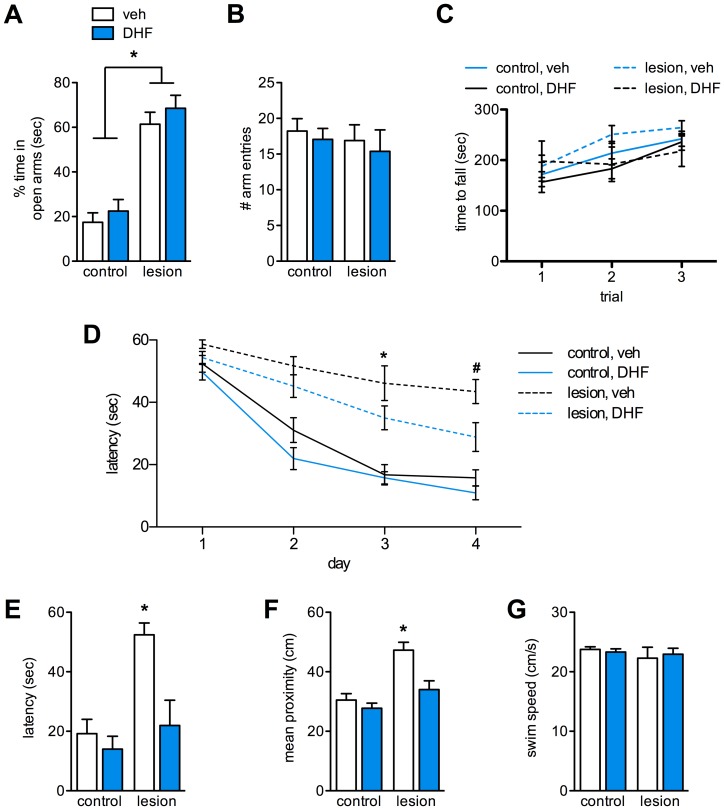Figure 2. 7,8-DHF treatment improves spatial learning and memory in CaM/Tet-DTA mice.
Lesioned CaM/Tet-DTA mice exhibit a significantly increased preference for the open arms of an elevated plus maze compared to controls (A, n = 9–12, p<0.0001). All groups made a similar total number of arm entries (B). 7,8-DHF treatment did not alter preference for open or closed arms (A–B). A rotarod test reveals no differences between groups in the time to fall off an accelerating rod (C). During water maze training, lesioned mice treated with 7,8-DHF were not significantly slower to reach the escape platform compared to controls, except for day 3 (D, n = 9–12, p<0.001). On day 4, lesioned mice treated with 7,8-DHF reached the platform significantly faster than lesioned mice that received vehicle (D, n = 9–12, #, p<0.05). On the 24 hr probe trial, latencies to reach and mean proximity to the former platform location were not significantly different between 7,8-DHF-treated lesioned mice and controls (E–F, n = 9–12, p>0.05). All groups had a similar average swim speed during the probe trial (G).

